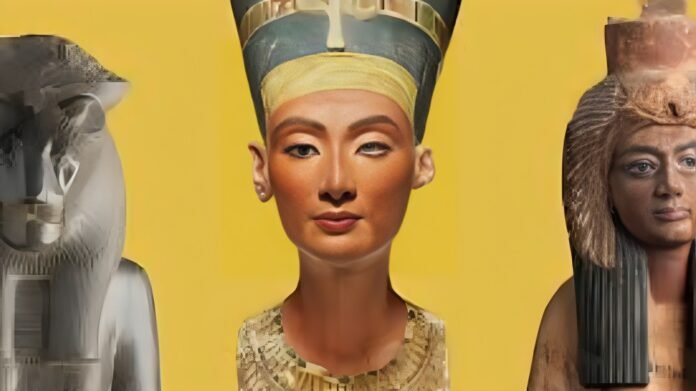In 1864, an English writer, Lucie Duff Gordon, contributed to studying ancient Egypt. She lived in Luxor’s Maison de France, where she was recovering from tuberculosis, and wrote about her experiences. Her “Letters from Egypt,” published later, provided valuable information about Egyptian politics, religious practices, and her interaction with local people. In those days when women writers mainly produced fiction, Duff Gordon’s meticulous observations offered a different social and cultural insight. Moreover, what she did alone during her journeys around the country inspired many female adventurers who came after.
Amelia Edwards: From Traveller to Advocate
Ten years after this, and greatly influenced by these successes, Amelia Edwards wrote her travel book “A Thousand Miles up the Nile” in 1877, which became a best-seller. From Cairo, with Lucy Renshaw, she sailed up the river to such well-known sites as the Pyramids at Giza or Thebes’ Valley of Kings. Though many sites were dilapidated then already, some had been saved by poetic descriptions of Edwards, who called for their conservation, too. This publication popularized Egyptian landmarks and stressed the importance of keeping these treasures safe for subsequent generations.
Emma Andrews: Advancing Archaeology
Emma Andrews was an American heiress whose work was built upon what Duff Gordon started and Edwards developed. At the beginning of the 20th century, she financed several tomb excavations in Egypt, thus extensively promoting archeological studies thereabout. Her support enabled researchers to explore various ancient Egyptian locations, which remain objects for academic investigation.
The Legacy of Their Work
Duff Gordon’s activities merged with those undertaken by other like-minded individuals, namely Amelia Edward plus Emma Andrew, and followed suit, greatly impacting Egyptology and tourism within that nation. Through their writings or deeds, these three ladies molded popular and scholarly views on Pharaonic civilization, so much so that sites such as the Giza pyramids or Valley of the Kings became focal points for travel and academic research. Furthermore, the establishment by Edwards in 1882 of what is now known as the Egypt Exploration Society not only led to more preservation efforts but also heightened public awareness through publication reports produced by this organization about its findings concerning various monuments from across Egypt, which were meant to educate both ordinary people and scholars alike.
These women began as mere travelers but ended up changing Egyptology forever. They showed how important it was to protect historical places and inspired generations of researchers and explorers.


